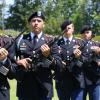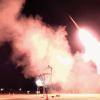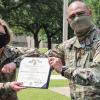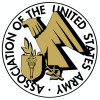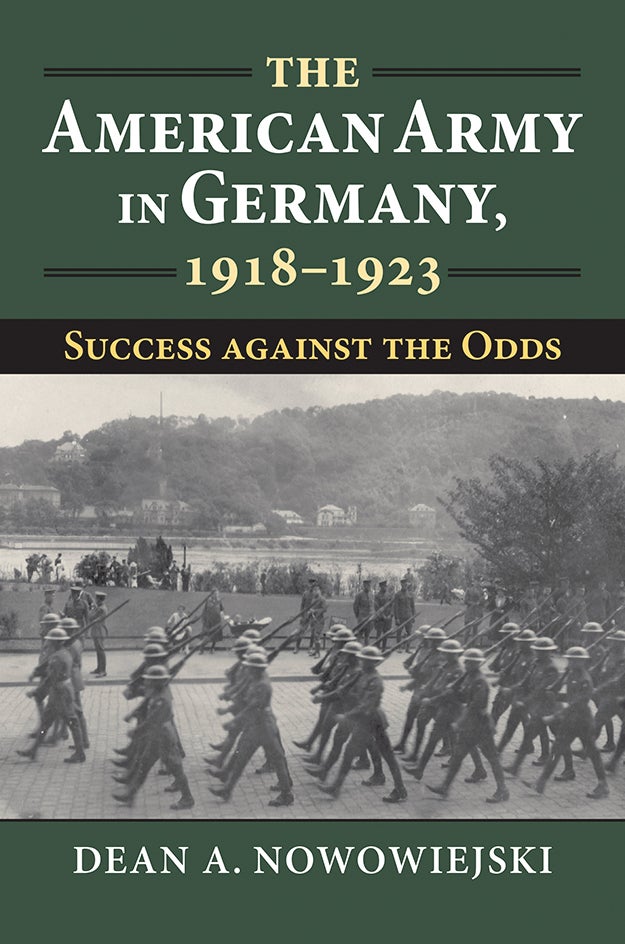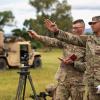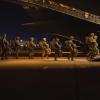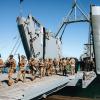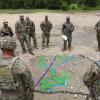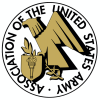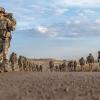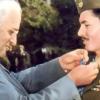Remember the days when you stepped outside of your barracks room or your military housing quarters, standing tall, looking good, feeling good and ready to take on the day? You looked down at your boots and your chest swelled with pride as you admired the product on your feet. The product was a set of immaculate-looking boots you had spent hours working on the night before.
How many of you think back to the days of polishing and spit shining your boots? Many service members went so far as to use Leather Luster to make their boots pop and bling from a distance without having to do the work...


